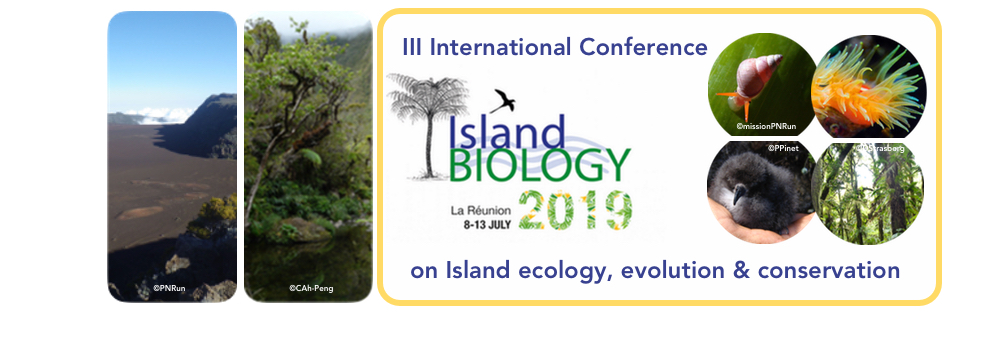Recent island colonists are expected to represent the fraction of the mainland source population with greater dispersal ability. After colonization, the loss of dispersal on islands hypothesis (LDIH) predicts that island populations will experience a rapid reduction in dispersal ability due to negative selective pressures imposed by loss of propagules at sea. Several classic and contemporary works have supported these predictions, with study cases focusing mainly on plants and flightless animals with restricted endemic island or island-like distributions. Less effort, however, has been made to address these predictions using island endemic lineages that have successfully colonized multiple islands. Within these lineages, anemochory provides a prime study system because it allows for testing of the evolution of dispersability from a mechanistic point of view, e.g. based on morphological features of fruits and seeds. Additionally, providing a spatio-temporal framework may prove useful for testing how island population age relates to evolutionary trends in dispersal-related traits. Thus, combining phenotypic plant traits and phylogeographic analyses, I will present several studies that have failed to find evidence of dispersability loss in different island lineages. I will discuss how these results could be potentially attributed to factors such as habitat availability, colonization age or selection for seed size increase on islands. Additionally, I will show examples where dispersal traits are poorly conserved phylogenetically, and that there is a need to test both phylogenetic signal and the level of niche conservatism to infer the evolution of dispersability. Altogether, these studies failed to support the central predictions of the LDIH, which calls for a redefinition of the factors driving the evolution of wind-dispersal traits on islands.

|
|
|
|
What do wind-dispersed species tell us about loss of dispersal potential on islands?
1 : Stellenbosch University
(SU)
Stellenbosch UniversityPrivate Bag X1,Matieland, 7602,Stellenbosch, South Africa -
South Africa
|
| Online user: 25 | RSS Feed |

|
 PDF version
PDF version